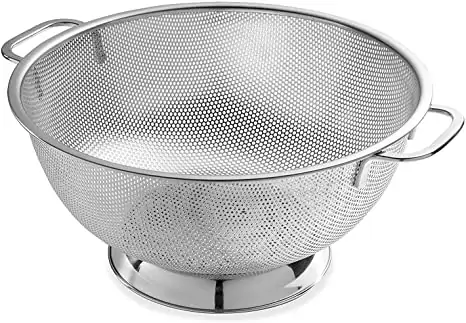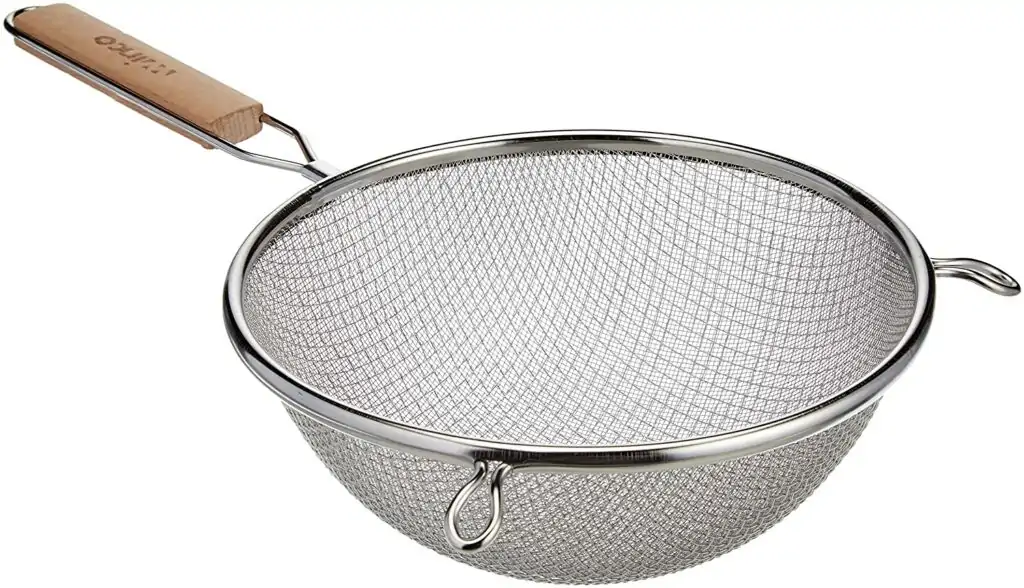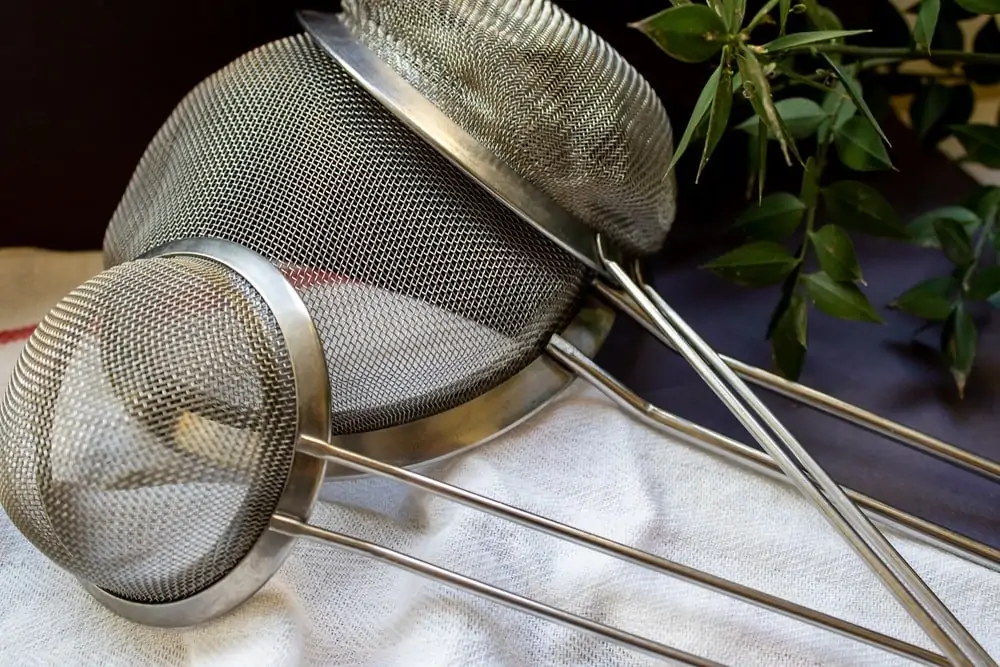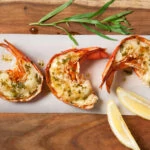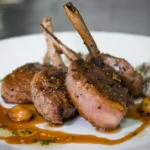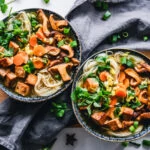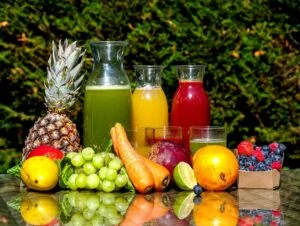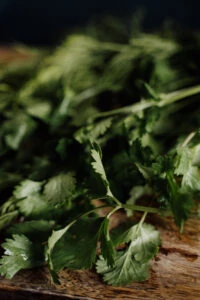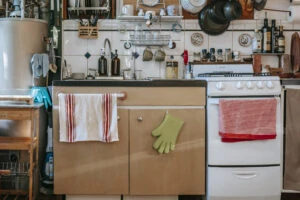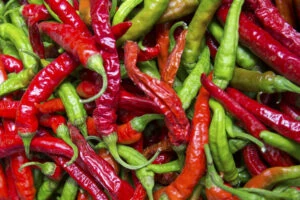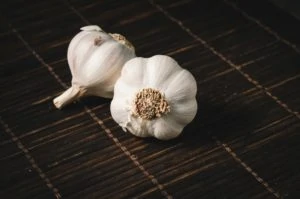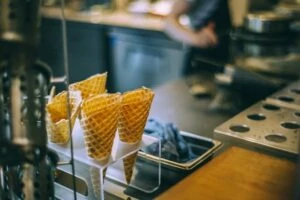The colander vs strainer question is often a good source of debate. A colander usually has bigger holes and is used when rinsing large ingredients such as vegetables and meat. On the other hand, a strainer has smaller holes that can separate seeds and tiny particles from liquid.
People who often get confused with these two kitchen tools often substitute one for the other. But, you cannot do so all the time. For example, when making the perfect spaghetti, a colander works best. So, what else do you need to understand about the difference between colander vs strainer? Read on to find out more.
When Do I Need a Colander?
Specifically, a colander is used for rinsing large cut vegetables, pasta, and meats. It is a bowl shaped kitchen tool that comes with or without side handles. Over the years, the colander has evolved, and its history dates back to when metal was not yet discovered.
Nowadays, most colanders are made from plastics, silicones, or metal materials with drainage holes to separate the liquids from solids. These holes can range from small holes to larger holes. Some colanders even have stainless steel mesh like that of strainers.
When Do I Need a Strainer?
Strainers are needed in the kitchen for separating liquids from fine solids. For this reason, wire-mesh silicone or stainless steel is often used. Strainers can also come in various sizes. There are strainers as small as a teacup, while there are also those that can comfortably fit inside a large cooking pot. A kitchen strainer often comes with either one long handle on one side or hooks that allow you to attach it to something else for easy draining.
How to Differentiate Between a Colander vs Strainer
It is common for people to mistake a colander and kitchen strainer due to the similarities of each. However, it is also easy to distinguish them from each other if you look closely. Here are some simple tips to help you tell them apart when shopping for your new kitchen tool:
- A colander is a huge hollow bowl with small to large holes, while a strainer comes with minuscule holes to ensure that fine solid particles and sediments such as seeds and other small grains like rice are not washed away when rinsing and draining.
- The best colanders have handles on each side. However, some colanders forego the handles completely and simply look like a big bowl with holes. Strainers mostly have a handle on one side or several hooks that you can use to clip it onto something for a better grip.
- Some colanders do not have handles because they have a base that can help them stand on their own without the need for you to hold onto them when draining something. Unfortunately for strainers, they do not have such a base. Therefore, a handle or a hook is required to make the draining of liquids easier.
- When it comes to filtration levels, strainers have higher filtration levels than colanders. This allows strainers to separate fine solid particles better than colanders. The fine particles of tea leaves, for example, can be separated using a strainer. Using a colander will only result in the dried leaves mixing with the liquid portion of the tea.
But Wait… How About a Chinois Strainer?
Before ending this article, it is vital to mention one strainer-like kitchen utensil that may also confuse people – the chinois strainer (pronounced as sheen-WAH). A chinois strainer is shaped like a cone. This funnel-like sieve is composed of double-layer fine mesh wires.
A chinois strainer is more durable than traditional strainers and colanders. The purpose of a chinois strainer is mainly to extract sauces, custards, and soups. The sides need to be strong enough for you to mash ingredients. Brushing the solids on the sides with a pestle or spoon forces more liquid to be extracted from the solid components.
How to Choose Between a Colander vs Strainer
Because each has various purposes, you need to know where you will use it before purchasing. Here are the considerations to think about before choosing a colander vs strainer.
Size
The sizes of colanders and strainers differ greatly. When choosing the size, think of the amount of food you usually cook or ingredients you usually have to drain. You also need to consider your cupboard space or where you will keep these kitchen tools since larger kitchen tools require more space for proper storage.
However, you might also consider purchasing a colander or strainer that has added features. Some of them are designed to be collapsible for easy storage.
Materials
Do you want steel, plastic, or something else? Both colanders and strainers are made with various materials. So, choose what kind of material you want to come into contact with your food.
Price
Of course, the price is always a major consideration before making any kind of purchase. The prices of these products vary greatly depending on the size and materials they are made of. Some brands are also more expensive than others due to the quality of the materials used.

